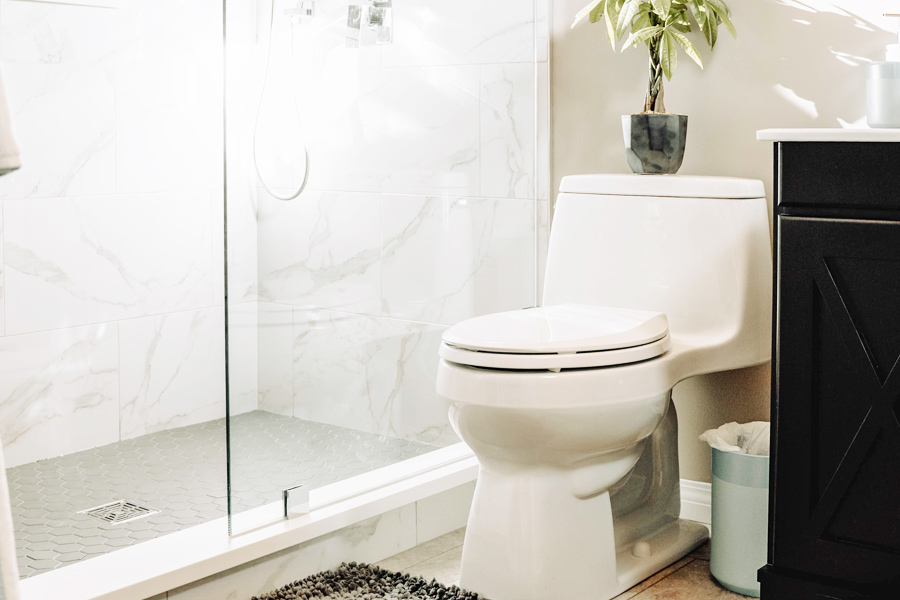For homeowners and professionals engaged in the industry of quality assurance, understanding how to troubleshoot a malfunctioning water-saving toilet is crucial. These toilets help conserve water, but when they malfunction, efficiency goes down the drain. Thankfully, understanding the ins and outs of fixing a water-saving toilet can save both water and money.

The Anatomy of a Water-Saving Toilet
The design and engineering of water-saving toilets have evolved to reduce water usage. Features like dual-flush systems and high-efficiency flushing mechanisms are common. Understanding these components is vital before delving into repairs. For an in-depth comparison, explore the benefits of water-efficient toilets.
Common Issues with Water-Saving Toilets
1. Partial or Weak Flush
A common issue is a partial or weak flush. This can often be traced back to low water levels or blockages. Start by checking the water level in the tank - it should meet the recommended line. Adjust the float mechanism if necessary.
2. Frequent Running Water
If you notice the toilet running constantly, inspect the flapper valve. It might not be sealing correctly due to dirt or wear. Cleaning or replacing the flapper is a simple and effective fix. Occasionally, issues like these can also be addressed by understanding and leveraging rebate programs that support eco-friendly repairs.
3. Leaking from the Base
Base leaks are typically due to a compromised wax seal. This necessitates removing the toilet to replace the seal. Ensure the bolts are tight to prevent further leaks.
Tools and Materials Required
To successfully repair these common issues, gather essential tools like a wrench, plunger, adjustable wrench, and cleaning supplies. Additionally, have spare parts such as flappers, seals, and wax rings on hand.
Step-by-Step Guide to Repair
Adjusting the Water Level
To adjust water levels:
- Turn off the water supply.
- Drain the tank completely.
- Adjust the fill valve to raise or lower the water level as needed.
- Turn the water supply back on to test the flush.
Replacing the Flapper
For flapper replacement:
- First, turn off the water supply.
- Drain the tank and remove the old flapper by disconnecting its chain.
- Attach a new flapper, connect the chain, and test its functionality.
Fixing a Leaky Base
Replace a leaking wax seal with these steps:
- Turn off the water and drain the toilet.
- Disconnect the water lines and unbolt the toilet.
- Remove the toilet and scrape away old wax.
- Install a new wax ring before repositioning the toilet.
- Tighten the bolts evenly and reconnect the water lines.
Preventive Measures
Regular maintenance maximizes the efficiency and lifespan of water-saving toilets. Visiting the Woodlands Water website provides valuable insights for residential water use and maintenance strategies. Moreover, consider installing water alarms that alert users to leaks, adding another layer of prevention.
When to Call a Professional
While many issues can be fixed DIY-style, certain complex problems might require professional intervention. If leakage persists or you're unable to identify the root cause, consulting a plumber can save time and prevent further damage. You might explore companies like Wagner Mechanical for expert advice.

FAQ
1. Why is my water-saving toilet not flushing properly?
A weak or incomplete flush can result from a variety of issues such as low tank water levels, a blocked system, or a misaligned flapper valve.
2. How do I fix a constantly running toilet?
Ensure the flapper valve is sealing properly, and that the float is correctly adjusted. Occasionally, cleaning the interior components of your toilet might be necessary.
3. Can I replace a toilet seal myself?
Yes, replacing a wax seal is a manageable task for DIY enthusiasts. However, ensuring it's done correctly is imperative to avoid repeat leaks.






